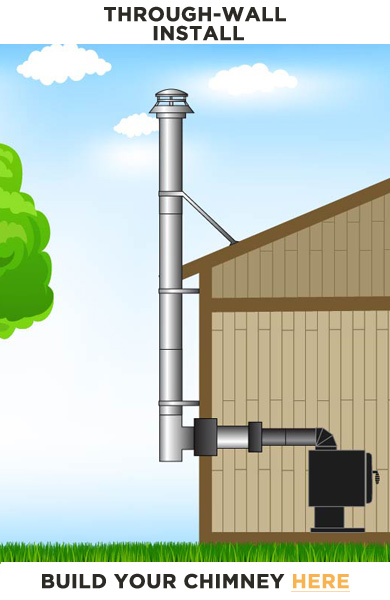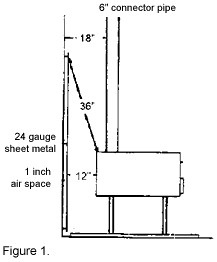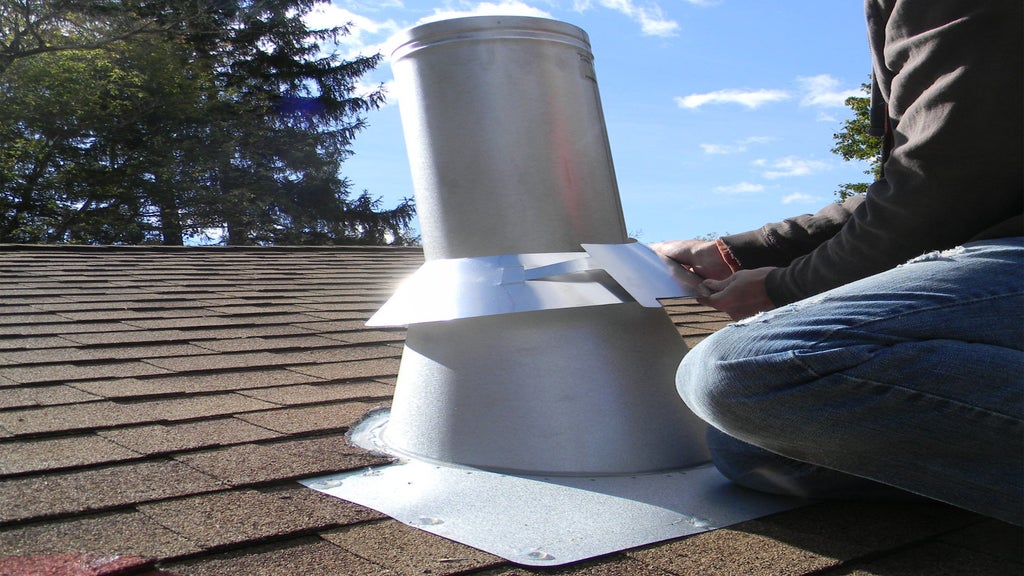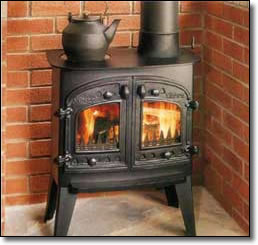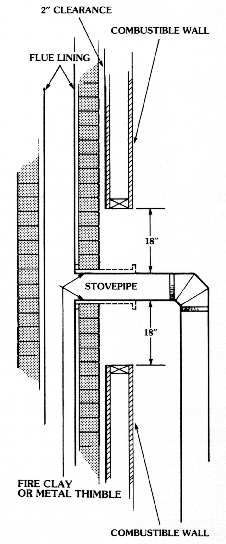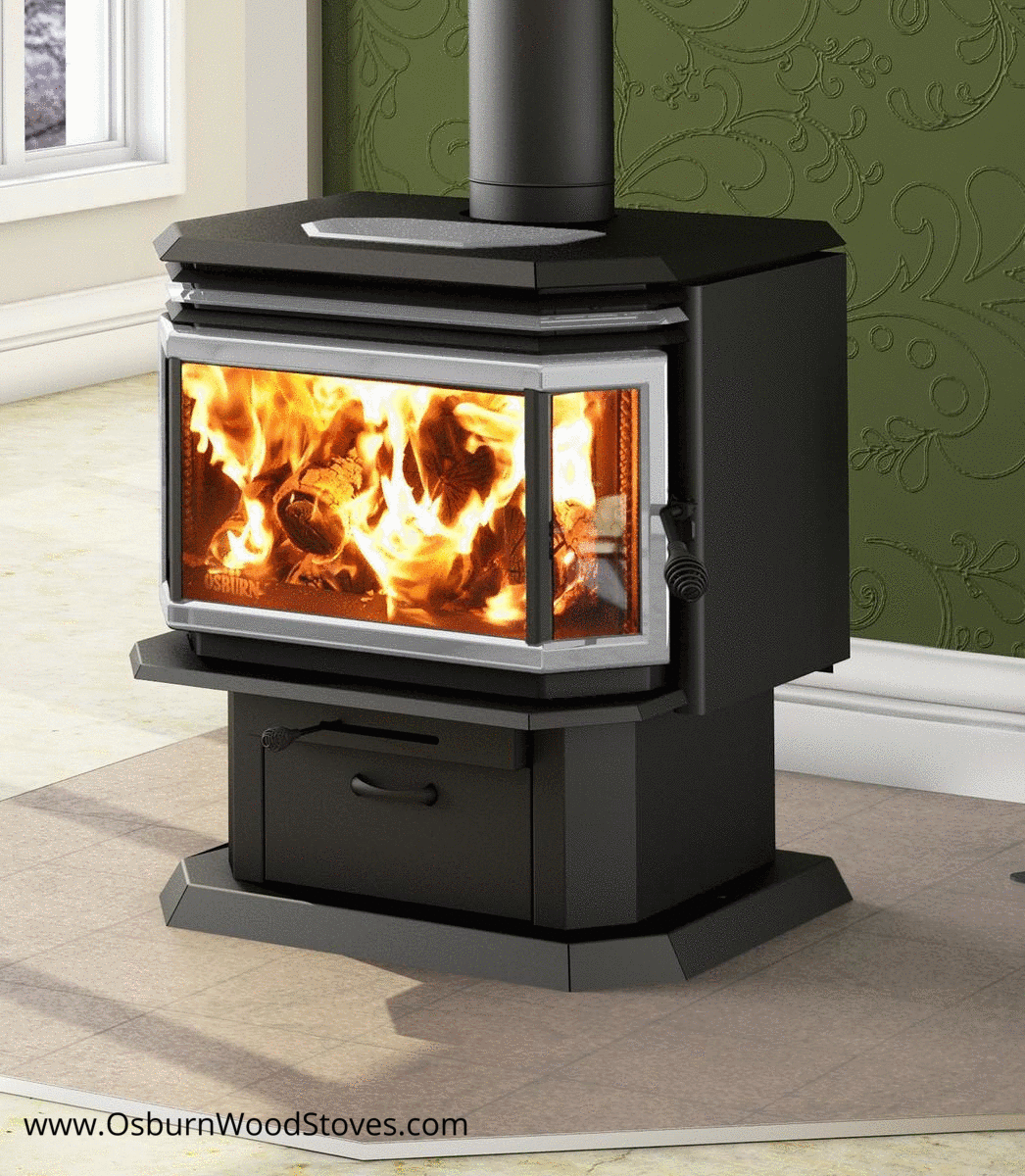When installing a new twinwall flue system if the flue exits the roof within 600mm horizontally from the ridge high point of the roof then the flue must extend a minimum of 600mm above the ridge.
Flat roof wood burner external flue regulations.
This means if the pitch of the roof is below 38 degrees.
Where to measure the flue termination flue outlet height from the flue termination is measured from the very end of the chimney flue pipe where the flue gasses discharge.
You can leave solid pack chimneys exposed and braced.
As you d expect the requirements controlling new chimneys flues and appliances are safety based and very detailed.
This twin wall flue system will either run internally up through the floors of the property and exiting through the roof surface or externally passes out through an external wall and rising up the outside of the building clearing the gutter line depending on your preference and the room in which you wish to locate your new stove.
To make sure that there is no hazard the flue outlet needs to be sufficiently far away from the roof adjacent buildings and roof windows.
It means any pipe penetrating a roof must be three feet above the roof line on the up slope side of the penetration.
The top of the flue opening should be 3 ft 0 92 m above any roof surface.
Many require a 6 flue.
The concrete blocks have an integral narrow rectangular flue way.
Gas flue blocks have been specifically designed for use with gas effect fires.
If there is a steep roof or nearby obstruction the chimney will need more length above the roof to meet code.
Some require larger diameter flues.
The flue or chimney must terminate at a minimum1800mm above the combustible surface as shown in diagram 3 below.
Fitting altering or replacing an external flue or chimney or installing a new woodburning stove all fall under the building regulations although they are not typically tasks that require planning permission.
Flues that are more than 3 metres away from the highest part of the roof need to be 1000mm above the flue penetration.
A chimney flue should never be less than 5 diameter and only certain stoves can use them defra approved stoves that allow a 5 flue can be attached to this diameter flue.
They are of the same modular size as a masonry building block and are usually designed so that.
Flue height regulations flues need to be 600mm higher than the highest part of the roof within 3 metres.
If the flue exits the roof further down then it must extend high enough to acheive 2 3m of horizontal clearance.
For buildings with flammable roofs such as felted thatched or shingle roofs the flue or chimney the regulations are different.
For a gas vent or type l vent this height must be 2 ft 0 61m or more.

